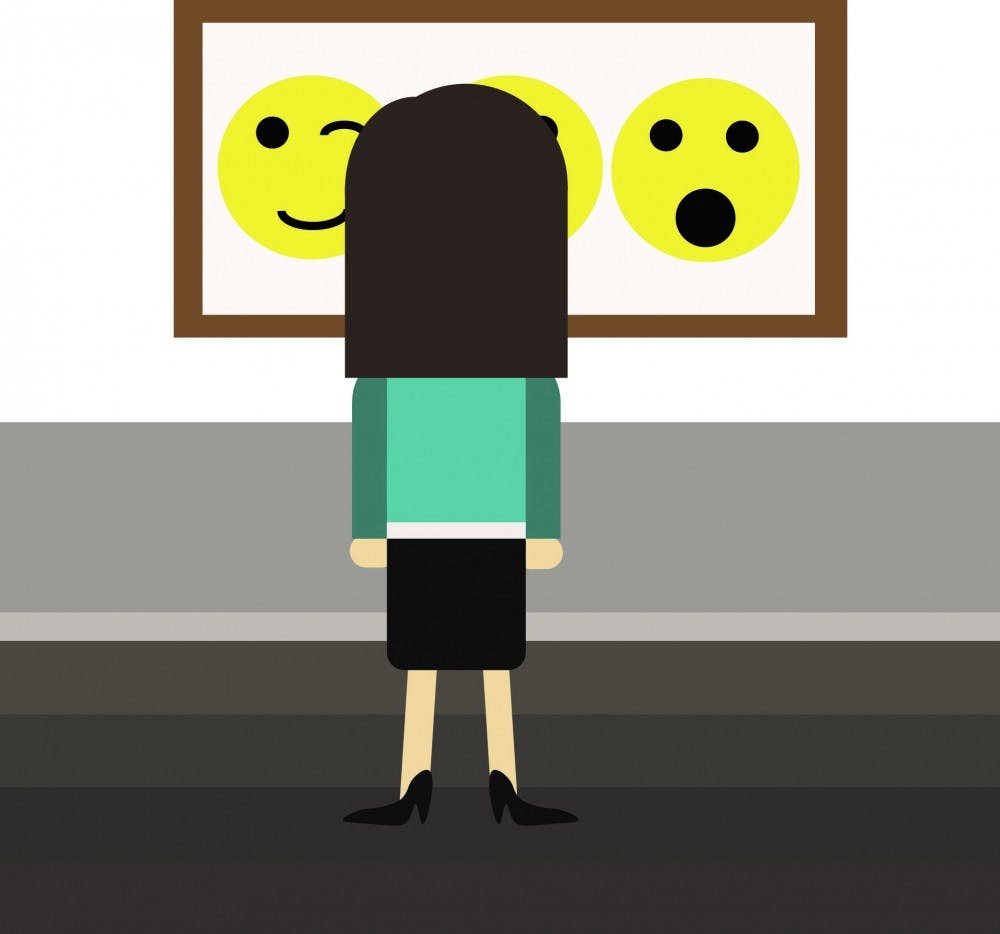For college students, emojis have been around for almost as long as we’ve been alive. Now they’re finding their way off our phones and social media platforms and onto the walls of the Museum of Modern Art in New York.
Last Tuesday, the MoMA revealed its newest addition: the 176 symbols that make up the first generation of emojis. Created in 1999 by Shigetaka Kurita, the emojis will grace the lobby of the museum.
Some people may think it inappropriate that something so ubiquitous as emojis be displayed in the same place as Vincent van Gogh’s “The Starry Night” or Andy Warhol’s “Campbell’s Soup Cans,” but this move by the MoMA is a fitting tribute to the digital age in which we live.
The Art Story, a website dedicated to the appreciation of modern art, defines modern art as “the creative world’s response to the rationalist practices and perspectives of the new lives and ideas provided by the technological advances of the industrial age that caused contemporary society to manifest itself in new ways compared to the past.”
One cannot describe emojis more aptly. They are inherently a manifestation of contemporary society adapting itself in new ways. Once it became clear that texting and social media were modes of communication here to stay, emojis lent themselves perfectly to the emerging need for brevity and clarity.
Emojis are special in that they transcend language barriers. Not everyone can understand English, Spanish or Chinese, but everyone can understand what emotion the ‘Face with Tears of Joy’ emoji is intended to convey.
In fact, the Oxford Dictionaries even chose the ‘Face with Tears of Joy’ emoji as its 2015 Word of the Year. In doing so, they confirmed that emojis, or pictographs, are, in fact, culturally and historically important and not just a transient fad.
Unsurprisingly, the online article in which the Oxford Dictionaries announced the emoji as its pick was criticized by commenters grumbling about how this latest development is, as one put it, “another nail in the coffin of Western civilization.”
Perhaps people can learn to appreciate emojis if they view them as an expansion of our shared global culture instead of a harbinger of its doom.
Young people have spread this form of communication that doesn’t require actual words, yet is universally understood. Even if you don’t want to fire off a few emojis when your friend sends you a funny picture, you can still appreciate them as a fascinating evolution of language.
Even if you’re still on the Emojis-Are-Not-Art-And-Never-Will-Be bandwagon, take a minute to stop and consider the initial public reception to other artworks housed in the MoMA.
It’s a typical example, but van Gogh only sold one painting during his lifetime out of the 900-plus he painted. Now, his works are some of the most beloved in the world.
Considering this, it seems hasty of us to condemn emojis when they could turn out to be as culturally relevant as a van Gogh painting.
So let’s not write off emojis as the ultimate downfall of civilization. As we’ve seen, they’ve connected us in new, revolutionary ways, and who knows — in the future, they might garner the same amount of admiration and reverence as “The Starry Night.”




